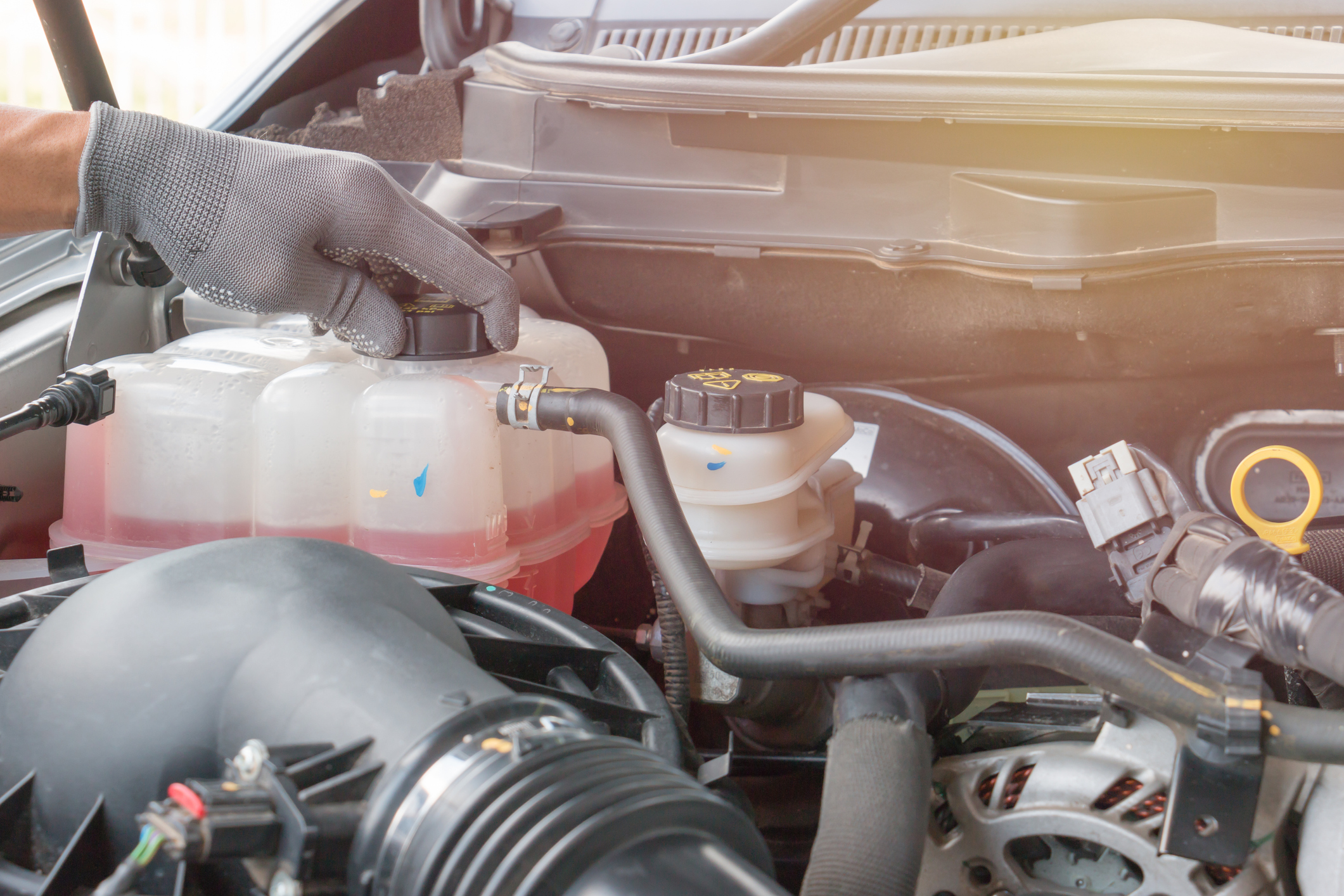The coolant in your car does not have an unlimited lifespan: you must replace it regularly. To do this, you need to bleed the coolant from your car. This purge must be done every 30,000 kilometers if you drive a lot.
When to bleed your coolant?
There are many warning signs of a problem with your cooling system. Fortunately, in most cases, flushing the coolant is sufficient. Here are some symptoms that should alert you:
- Your coolant light is on on your dashboard;
- Your fluid level is low;
- Your liquid is dirty.
How to bleed the coolant?

For your coolant to be effective, you must avoid the presence of air bubbles in your system at all costs. To remedy this, it is necessary to bleed your coolant regularly.
Material :
- Gloves
- Cooling liquid
- Basin
- Funnel
Step 1: Locate the expansion tank

Before you begin, make sure your car is on a level surface and the engine has been off for at least 15 minutes.
For a simple top-up, wear gloves to avoid burning yourself or coming into contact with the coolant.
For a complete purge, you will need a basin large enough to accommodate all of the dirty coolant drained, either about 10 liters, and a few rags.
You can then locate the expansion tank. The coolant is pink, orange or green in color. It is therefore very visible through the white plastic tank.
Step 2: Empty the circuit of dirty liquid

If you only need to upgrade your coolant, skip to step 3 . To purge the circuit, you must:
- Remove the cap at the top of your radiator.
- Place your basin under the drain plug of your radiator to collect the dirty liquid. This screw is located on the lower part of the radiator.
- Unscrew the drain cap on your radiator and let the dirty coolant flow into the basin.
- Screw the drain plug back in as soon as the liquid stops flowing.
Step 3: Fill with Clean Coolant

Start by check your coolant level. If it is close to the minimum level or below, it must be filled to the maximum level marked on the tank.
Of course, if you have completed step 2, the check will not be necessary since you have already drained all the liquid. So you just need to fill up to the maximum level marked on the expansion tank.
Step 4: Release Air Bubbles

Small taps are present on the hoses of your cooling circuit. They must be opened to evacuate the air bubbles. At the same time open your radiator cap and leave your expansion tank without a cap to help the liquid escape by gravity: the air must compensate water extraction.
Then start your engine for about 10 minutes to swirl the fluid through the system and bleed it.
Step 5: Check the fluid level one last time

Turn off your engine, let it sit for a few minutes, then check your coolant level again. If it is still too low, add clean liquid. Note that it is sometimes necessary to repeat this step two to three times.
Before closing the fuel caps, be sure to clean their threads to ensure they are tight.